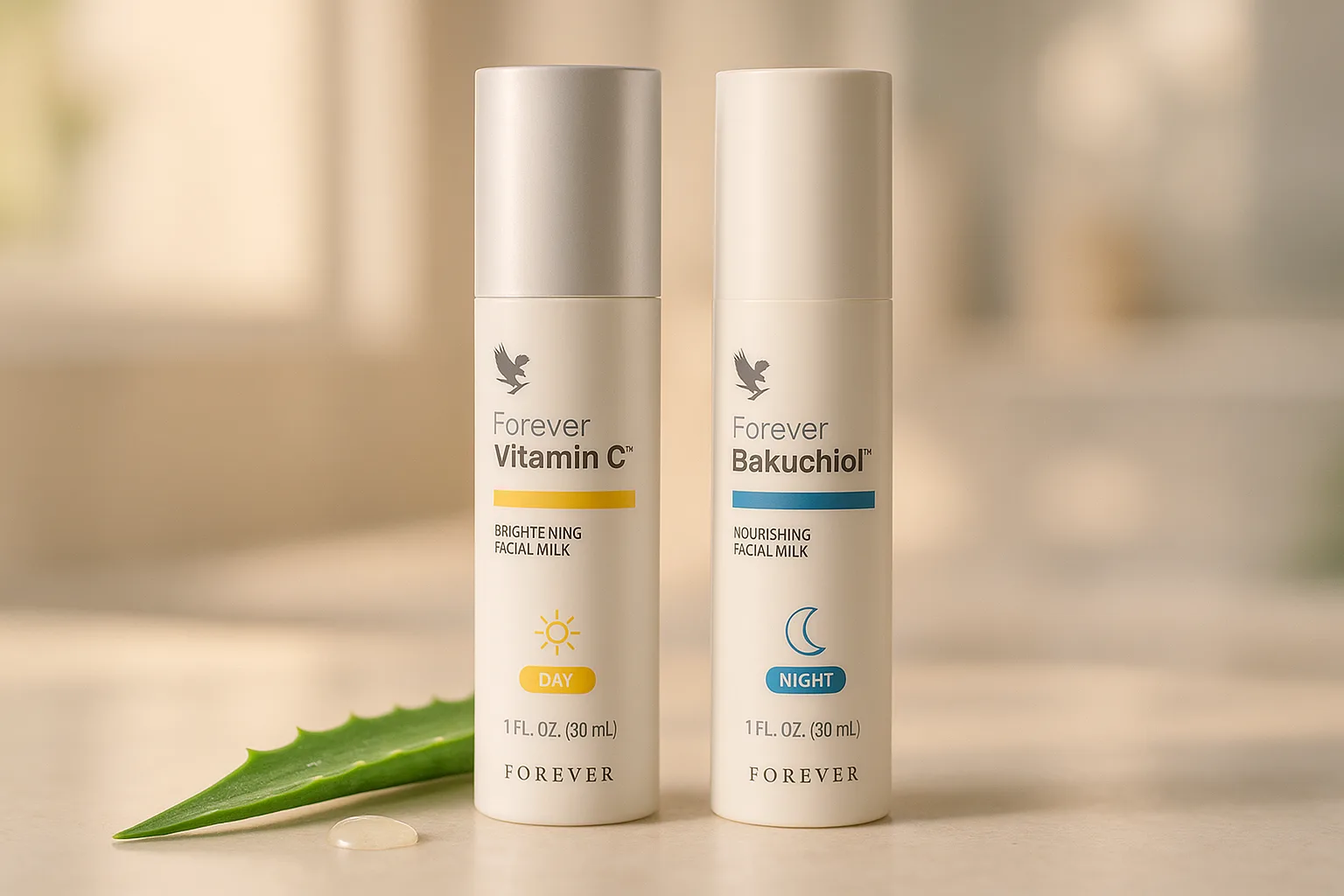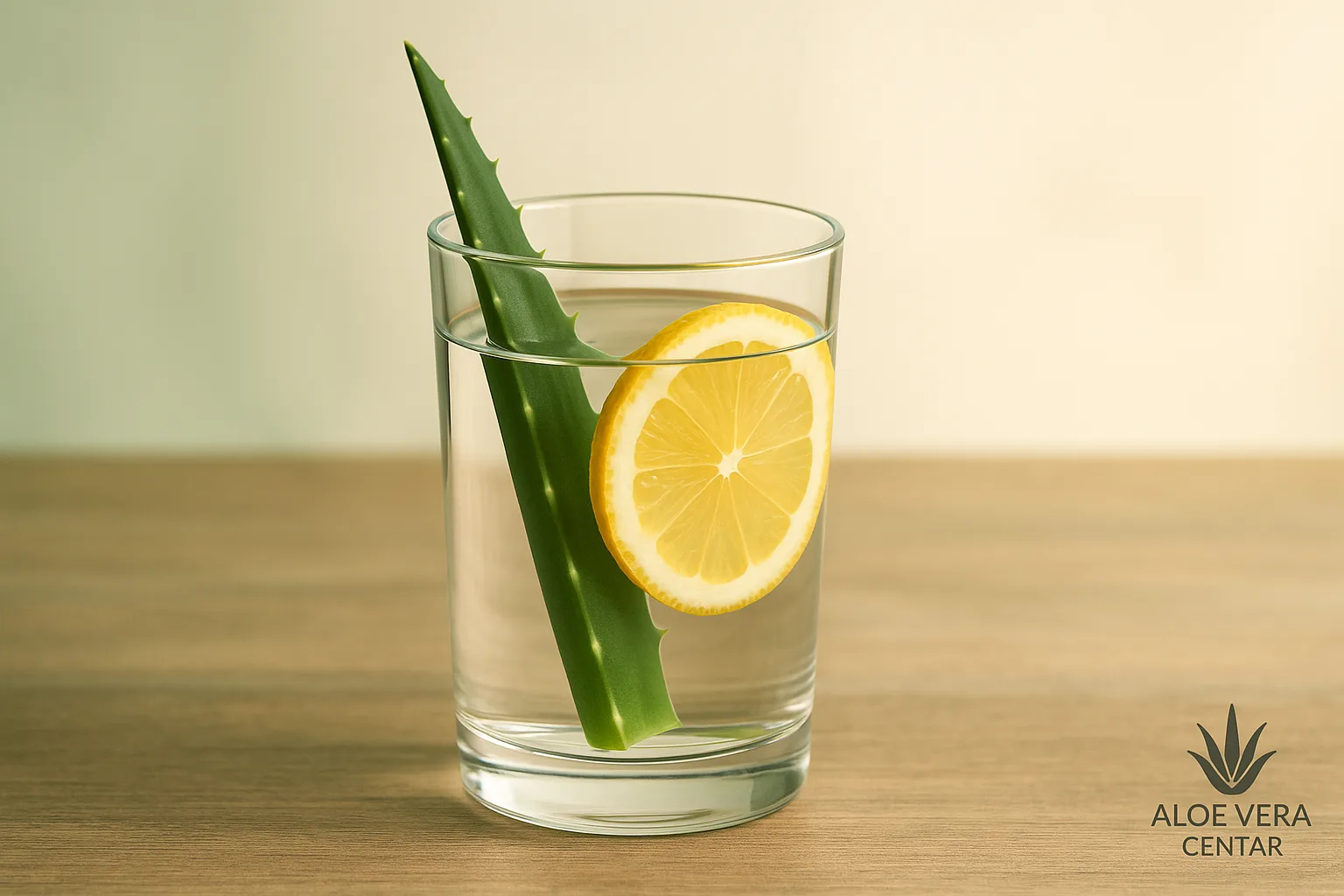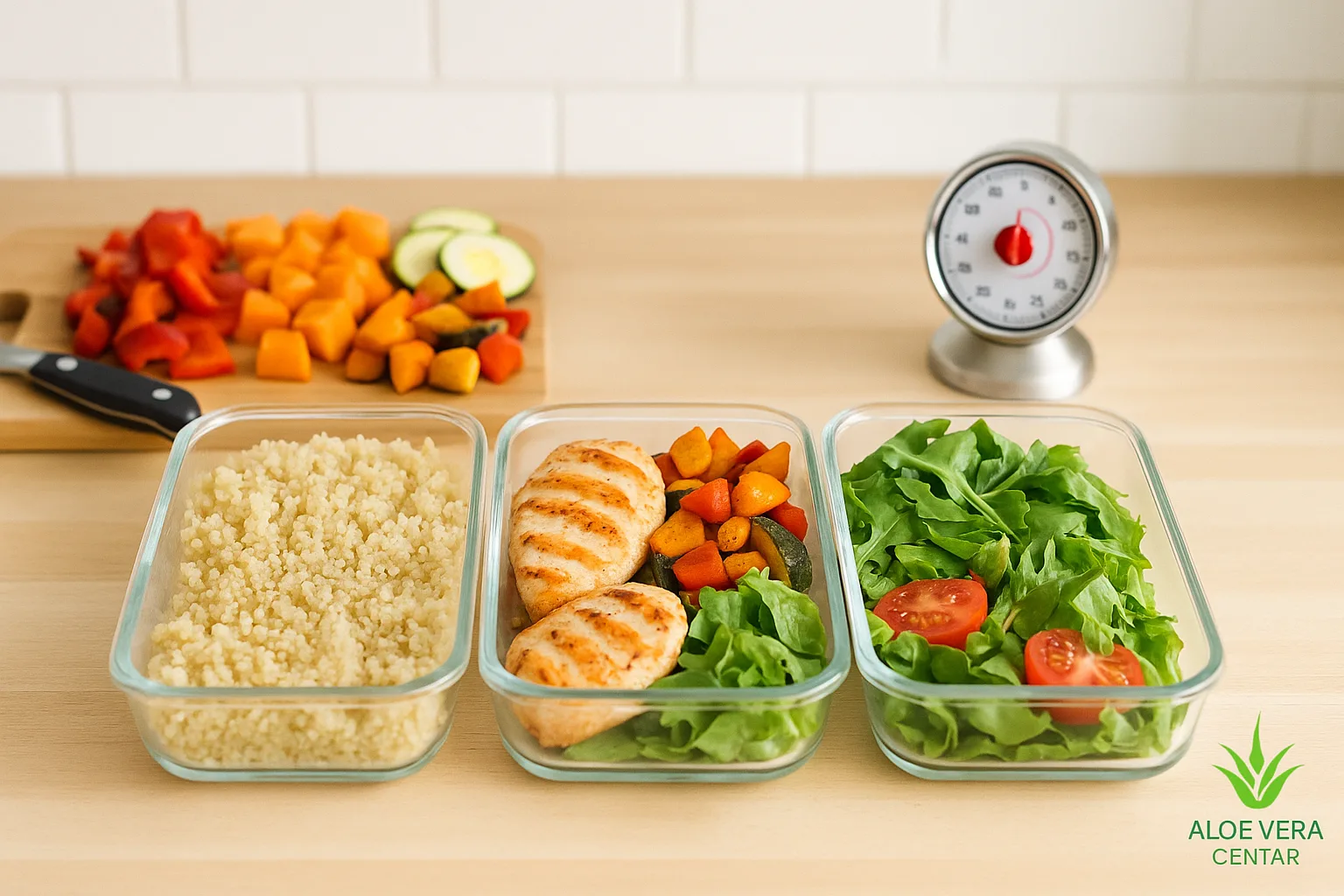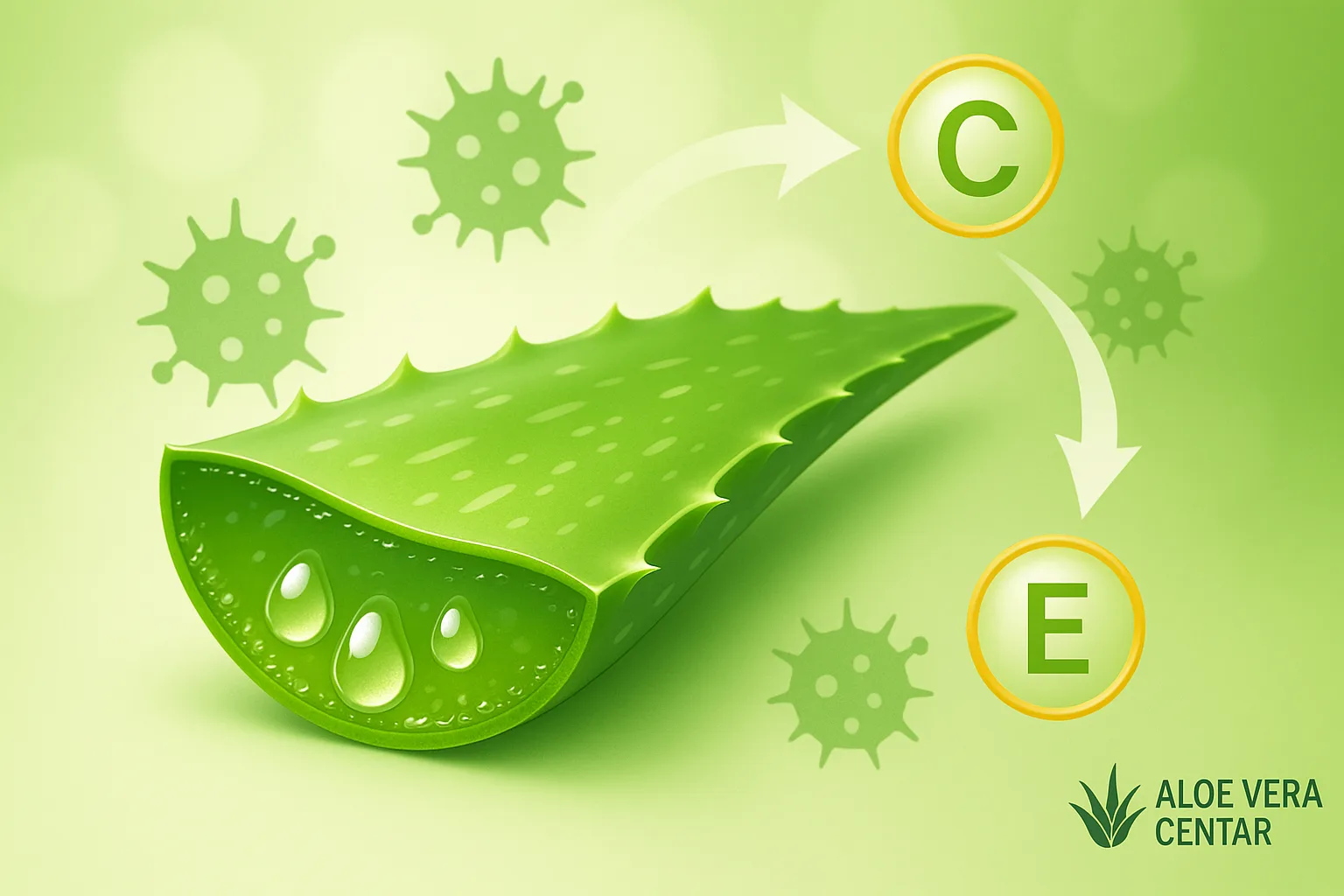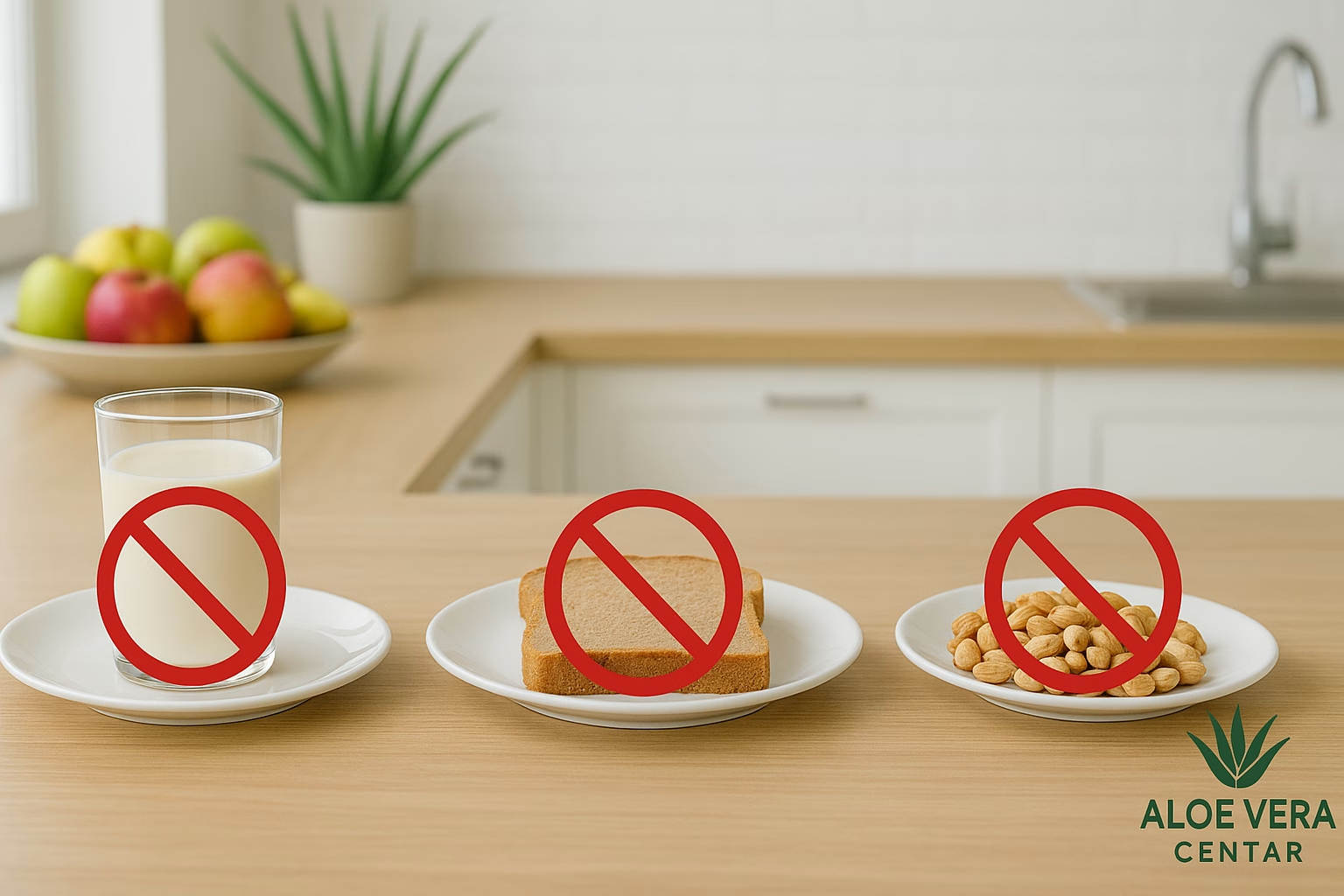
Food Allergies: a Guide to Dairy, Gluten, and Peanut-Free Diets
Food Allergies: Navigating Dairy, Gluten, and Peanut-Free Diets and Substitutes
Food allergies can sound intimidating, right? However, with a good dietary strategy and the right information, a daily menu without common allergens can be just as tasty and diverse. In this guide, we reveal how to recognize symptoms, plan meals without dairy, gluten, or peanuts, and which healthy substitutes and supplements can support you on your path to vitality. Keep reading – you’ll learn practical tricks and discover products that will make your new routine simple and sustainable.
What are Food Allergies and how Do They Develop?
An allergy is an overreaction of the immune system to otherwise harmless proteins in food. When the body mistakenly identifies dairy casein, gluten, or peanut proteins as a threat, it triggers a defensive response, releasing histamine. The result? Rash, itching, bloating, and even anaphylaxis. According to a PubMed study, the prevalence of food allergies in Europe is around 6%, with an upward trend – especially in adults who didn’t have symptoms in childhood.
Three Main Triggers We most Often Remove from the Menu
Milk and Dairy Proteins
Many avoid lactose due to intolerance, but an allergy to milk protein casein goes a step further. Symptoms appear very quickly after consumption – throat itching, difficulty breathing, or GI issues. The good news? There are numerous alternatives like kefir or plant-based yogurts that are gentler on the gut.
Gluten in Wheat, Barley, and Rye
Gluten intolerance differs from celiac disease, but both require strict avoidance of grains containing it. For a complete plan, check our detailed guide to gluten-free diet with a list of safe foods.
Peanuts and Tree Nuts
This allergy most commonly causes rapid (sometimes severe) reactions due to stable proteins resistant to heat. Unexpected traces of peanuts can hide in sauces, cookies, or energy bars – read labels like a detective!
Recognize Symptoms Early
Allergy symptoms usually appear within minutes to two hours after eating. The most common signs include:
- hives or rash around the mouth
- tingling in lips and tongue
- swelling (lips, eyelids, throat)
- cramps and diarrhea
- breathing difficulties
Having doubts? Don’t wait – consult an allergist and request testing (prick-test or specific IgE antibodies).
Allergen-Free Diet Strategies
Here’s the deal: The best allergen-free menu is based on whole foods: fruits, vegetables, legumes, pseudo-cereals (quinoa, millet, buckwheat), and seeds. How does this look in practice?
- Breakfast: smoothie with banana, berries, gluten-free oats, and chia seeds.
- Lunch: quinoa salad with roasted vegetables, avocado, and olive oil-lemon dressing.
- Dinner: chickpea curry with coconut milk and cooked buckwheat.
Sounds too good to be true? Keep reading – you’ll discover how to season each meal with natural supplements that aid digestion.
Nutrient-Rich Substitutes
When you eliminate dairy, gluten, or peanuts, it’s crucial to replace the nutrients they provided:
- Calcium and Vitamin D: fortified plant milk, sesame, sardines, sun exposure (also check our article on vitamin D).
- Proteins: lentils, beans, tofu, quinoa, hemp seeds.
- B-vitamins: nutritional yeast, quinoa, leafy greens – or Forever B12 Plus as a convenient B-12 source.
- Healthy fats: flax, chia, sunflower seeds, cold-pressed canola oil.
Supporting Gut Microbiota and Immunity
Ever wonder why allergies “settle” in the gut? Here’s why: healthy microbiota strengthens the gut barrier and modulates immune response. Targeted probiotic intake can alleviate allergy symptoms in children and adults.
The easiest way to get 8 different strains of beneficial bacteria is taking one Forever Active Pro B capsule daily. When combined with stabilized Forever Aloe Vera Gel, you provide your gut with prebiotic support (acemannan) that feeds good bacteria.
Want more tips? Check our article on probiotics and healthy eating – discover how to smartly combine them with fiber from fruits and vegetables.
Practical Tips for Cooking, Travel, and Social Situations
But that’s not all… An allergen-free diet can be socially challenging. Here’s how to make it easier:
- Plan ahead: prepare snacks (energy balls made from dates and seeds) to avoid temptations while traveling.
- Become a label expert: look for “may contain” warnings and hidden gluten names (malt, hydrolyzed vegetable protein).
- Communicate in restaurants: ask servers to check sauces and marinades; most establishments now offer allergen cards.
- Home cooking: use separate cutting boards and knives to prevent cross-contamination.
Sounds complicated? Don’t worry – our smart AI advisor can customize your menu based on your allergies and goals in just a few clicks.
Frequently Asked Questions
1. Can I Replace Lactose Intolerance with Plant Milk and Still get Enough Calcium?
Yes. Choose fortified almond, oat, or soy drinks. In 200ml they often contain 240mg of calcium – almost the same as cow’s milk.
2. Is a Gluten-Free Diet Healthy for those without Allergies?
If you eliminate gluten without replacing it with nutritionally rich pseudo-cereals, you risk fiber and B-vitamin deficiency. Plan meals and variety.
3. How to Safely Introduce a Child to a Peanut-Free Diet?
Keep epinephrine handy, use meal prep containers without cross-contamination, and educate daycare staff about reaction signs.
4. Can Aloe Vera Help with Digestive Issues after an Allergic Reaction?
Stabilized aloe gel soothes irritated mucosa and can shorten recovery – use it chilled in small portions.
Conclusion
Allergies to dairy, gluten, and peanuts don’t have to be limitations, but rather opportunities to discover new flavors and healthier habits. Now that you know the key steps – from reading labels, through probiotics and aloe, to smart menu planning – it’s time to take action. Want a personalized plan? Use the AI advisor and get a 15% discount on your first products to ease the transition. Your health deserves the best!
Related Readings and Additional Support
If you’re considering additional liver and digestion support, take a look at our article about milk thistle and silymarin – herbs commonly used for liver detoxification and regeneration.
In people with allergies, immunity often works “overtime.” In this context, it’s worth exploring Forever Royal Jelly, a natural royal jelly supplement that supports energy and body resistance.
Skin manifestations of allergies are especially common in children. In the text atopic dermatitis in children, you’ll learn how to recognize symptoms and relieve issues naturally.
Food allergies are sometimes confused with emotional eating patterns. If you’re unsure whether it’s real hunger or just boredom, read the guide what is emotional hunger and learn to distinguish body signals from habits.
Finally, digestive issues often accompany allergic reactions. In the article natural remedies for diarrhea, you’ll find practical advice on how to naturally calm your gut and speed up recovery.
By combining customized diet, probiotics, aloe vera, and natural supplements, you create a strong foundation for healthier digestion and stronger immunity.
Note: This article is for informational purposes only. It is not a substitute for professional medical advice. For diagnosis and treatment, consult a qualified physician or nutritionist.

